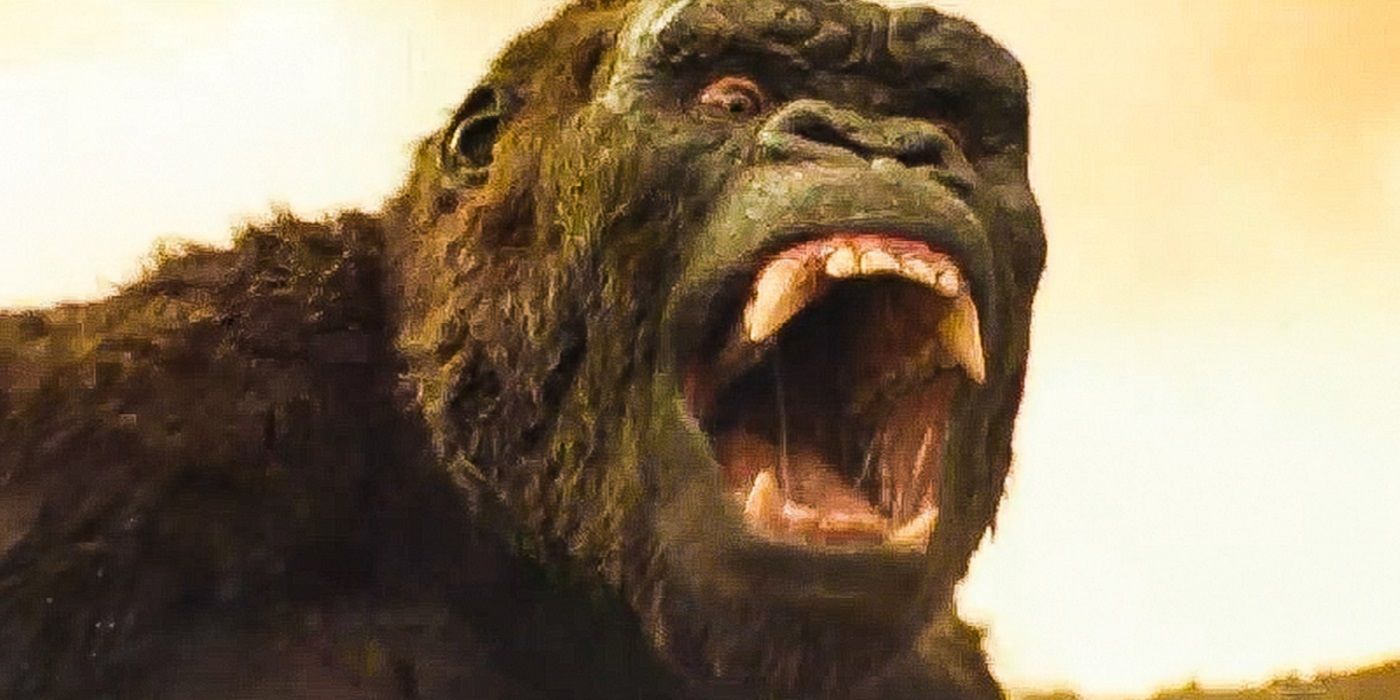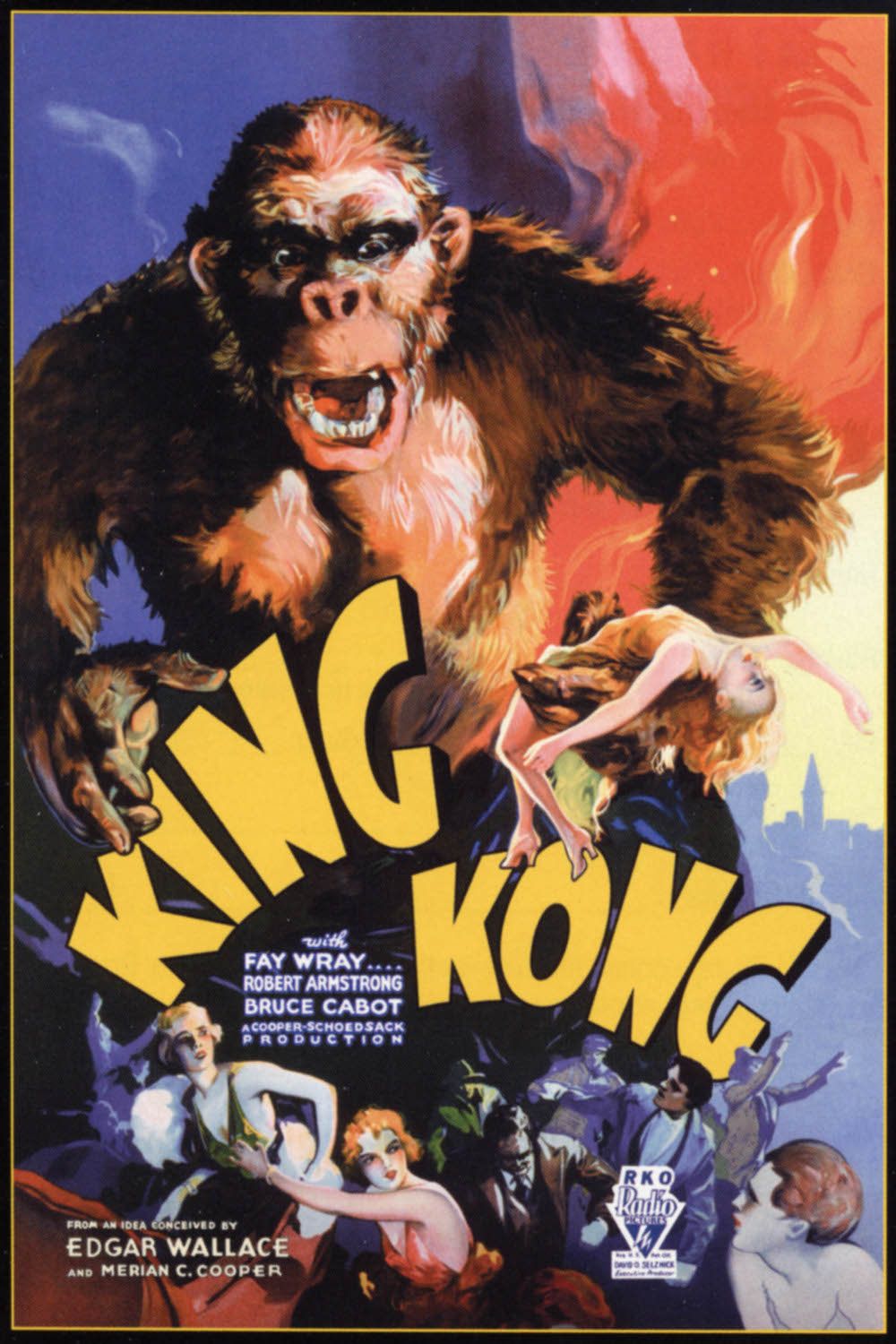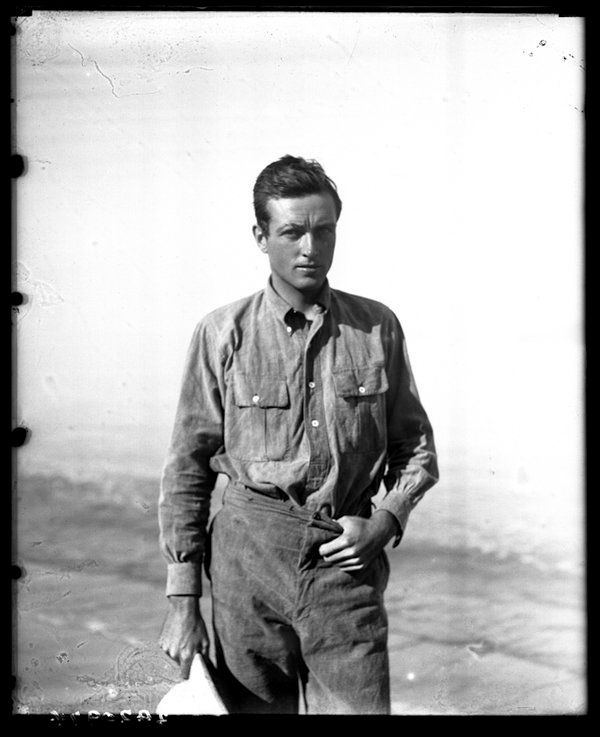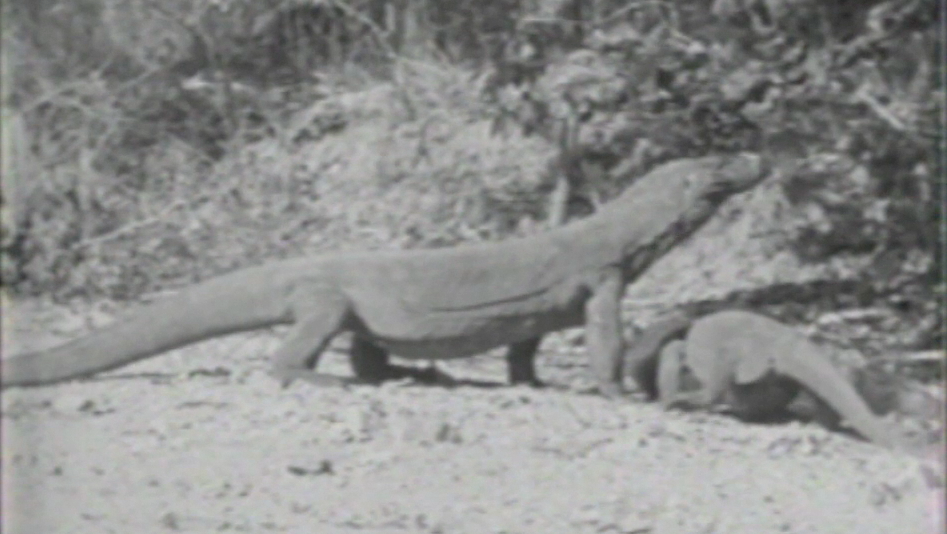MOVIE URBAN LEGEND: King Kong's creation was inspired by the discovery of the Komodo dragon.
Despite being around for over 80 years, King Kong remains a relevant character in popular culture. In fact, he's about to star in the anticipated blockbuster "Kong: Skull Island," just a dozen years after his last blockbuster feature!
Looking back at his original film, 1933's "King Kong," it is amazing to see the various aspects that combined to create the inspirations for the famous film character, including an animal that you would normally never connect with someone like Kong.
Kong was created by filmmaker Merian C. Cooper (although years later, just who owned the rights to Kong was at the centerpiece of a major lawsuit involving, oddly enough, the Nintendo video game, "Donkey Kong"), and the gestation of the character likely started when Cooper was just a boy. Growing up, Cooper was a big fan of Paul Du Chaillu's "Explorations and Adventures in Equatorial Africa," which discussed the gorillas of Africa Du Chaillu was one of, if not the first Westerner to ever record an encounter with a gorilla). Cooper's interest in gorillas was brought up again years later when he was now a grown man and directing the war drama, "The Four Feathers," in Africa. While there, he encountered a group of baboons. He began to write a detailed study on baboons, presumably for a possible book. The manuscript was lost, however. He then thought about doing a documentary about baboons. While pursuing that idea, though, he thought that if he was going to do a documentary on an African animal, it really should be about gorillas instead of baboons.
Everything changed, however, when Cooper read W. Douglas Burden's "The Dragon Lizards of Komodo." You see, there was a rather larger lizard that lived on the Indonesian islands of Komodo, Rinca, Flores, Gili Motang, and Padar. They were first discovered by Westerners in 1910, but it took over a decade before someone was able to capture a living lizard. Burden was an explorer who set off on an expedition to Komodo island in 1926 on a steamer with big game hunters.
Burden described the mysterious island of Komodo as "a vast mass of torn and splintered mountains. With its fantastic sky line, its sentinel palms, its volcanic chimneys bared to the stars, it was a fitting abode for the great saurians we had come so far to seek."
He came back to the United States with two living lizards (who he formerly dubbed as Komodo dragons, which was already an informal term for the lizards) and a dozen preserved specimens. The giant lizards were placed on display at the Bronx Zoo.
Cooper was fascinated at the idea of explorers going to a remote island and coming back to New York City with a giant creature. However, at first he instead just thought of a movie that involved a bunch of gorillas fighting a bunch of Komodo dragons. That soon boiled down to just a single gorilla fighting a bunch of Komodo dragons. Finally, after seeing the work that special effects expert Willis O'Brien could do, he decided to scrap the Komodo dragon aspect of the film entirely and just focus on the Burden-inspired concept of bringing a giant creature back to New York from a remote island. By this time, he had already planned on involving a beautiful blonde woman in the film and also that the film would end with the gorilla dying at the Empire State Building.
Everything else was developed by later writers (with famed British adventure writer Edgar Wallace being the first guy to be involved - Cooper would do a novelization with Wallace that he would use to pitch the film as an adaptation of an "Edgar Wallace novel"), but the basic story of Burden and the Komodo dragons clearly played a major role in the inspiration of one of the most famous movie characters of all-time.
The legend is...
STATUS: True
Be sure to check out my archive of Movie Legends Revealed for more urban legends about the world of film.
Feel free (heck, I implore you!) to write in with your suggestions for future installments! My e-mail address is bcronin@legendsrevealed.com.




